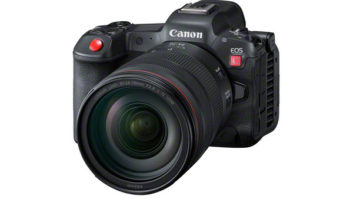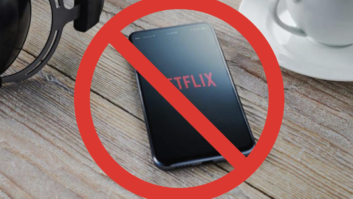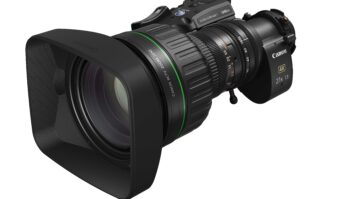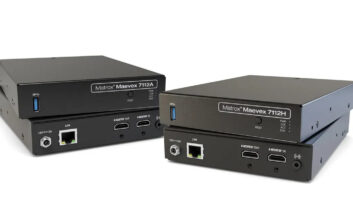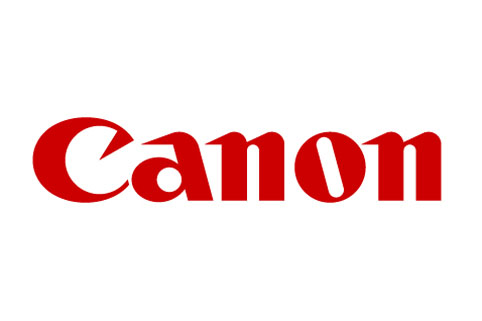
Canon, through its technological capabilities, has contributed to the standardisation, completed on 4 April, of range extensions for the High Efficiency Video Coding (HEVC) standard by the Joint Collaborative Team on Video Coding (JCT-VC).
The JCT-VC, established in 2010 by the ISO/IEC Moving Picture Experts Group and ITU Video Coding Experts Group, completed in January 2013 the HEVC standard for video data compression, which makes possible the efficient transmission and storage of high-definition resolution video such as 4K and 8K. Following this achievement, efforts to standardise the HEVC range extensions led to the official approval of ISO/IEC FDIS (Final Draft International Standard) 23008-2 2nd Edition High Efficiency Video Coding on 4 April.
The HEVC range extensions lets high-end users and on-set production crews fulfill their high-quality video coding requirements by providing support for such features as colour depth beyond 10 bits per sample to facilitate rich colour reproduction, and 4:2:2/4:4:4 chroma sampling to make possible smooth colour expression. These features enable maintenance of high image quality during the shooting, editing and output of high-definition 4K and 8K video footage. It is expected to prove useful in a wide range of fields, from cinematographic applications to the production of a variety of video and broadcasting content.
In order to extend the HEVC’s previous 4:2:0 chroma sampling and realise the 4:2:2/4:4:4 chroma sampling of the HEVC range extensions, Canon developed and proposed multiple new technologies for the extensions that achieved an improved video data compression ratio while also making the technologies easier to realise. As a result, some of these proposed technologies were incorporated into the HEVC range extensions.
Additionally, in acknowledgement of Canon’s proactive activities to date, some members of the company’s team served as chairs of the several ad hoc groups for promoting investigation and coordinating dialogue during the discussions regarding the examination, assessment and verification of technical methods proposed for the standardisation of the HEVC range extensions. Also, a member of the team was appointed as one of the editors for the ISO/IEC 23008-2 2nd Edition High Efficiency Video Coding. Consequently, Canon made significant contributions to boosting the quality of the specification as well.
Through research and development in the area of video-related technologies, Canon aims to continue contributing to standardisation activities and actively promote the development within related business segments.
mpeg.chiariglione.org/standards/mpeg-h/high-efficiency-video-coding
